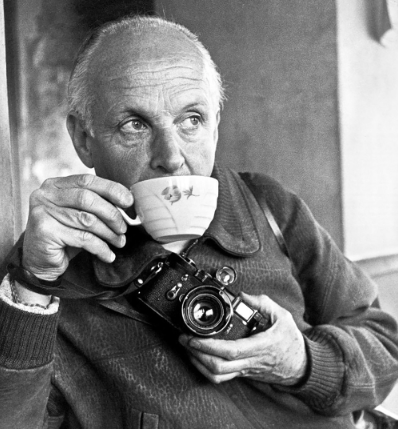
Henri Cartier-Bresson was a pioneer of humanist photography. He was born in 1908 in France and was considered to be a master of candid photography.
His approach to photography was treating his camera like an extension of the eye and photographing things connecting humanity.
Henri grew up in a wealthy family, he was initially into art with him starting to paint at just five years old. in 1927 he went to a boarding school called the Lhote Academy which was ran by a cubist painter and sculptor called André Lhote. Henri Described André as his teacher of “photography without a camera.”
In 1929 Henri Cartier met Harry Crosby who had an interest in photography and gave him his first camera and they would take photos together, which was the awakening of his photography legacy and gave him an interest in it.
Henri would take his photos with a Lecia Rangefinder camera which had a 50mm lens. He used these cameras as they were more compact and smaller, making them easy to use and take candid photos with, in comparison to a large camera. He also used to the 50mm lens as it has a similar view to the human eye so the photos felt more natural.

His work
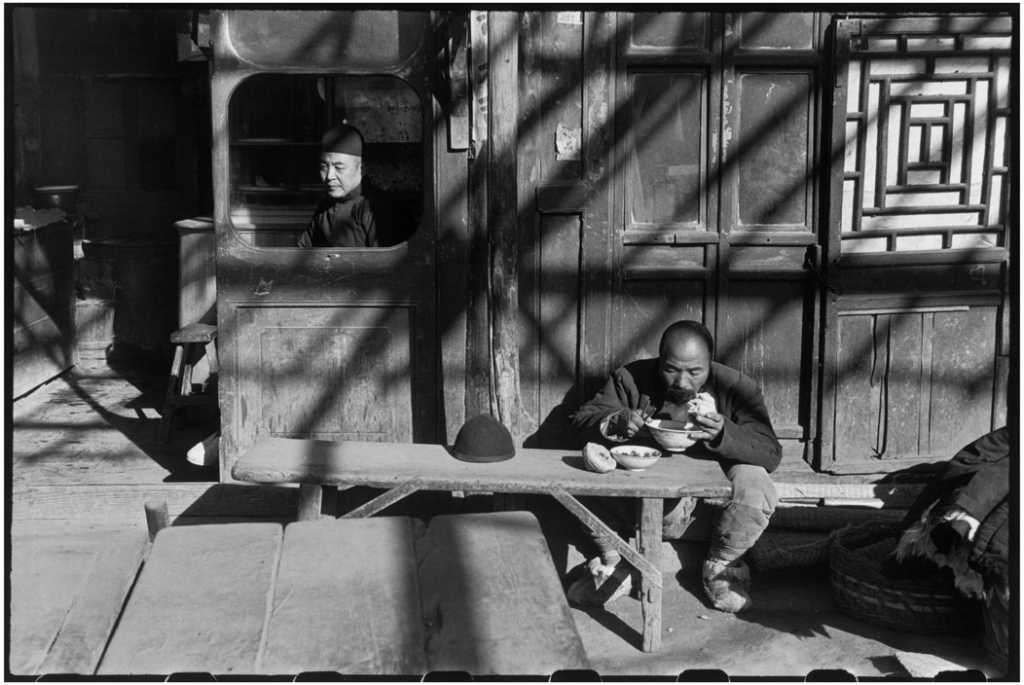
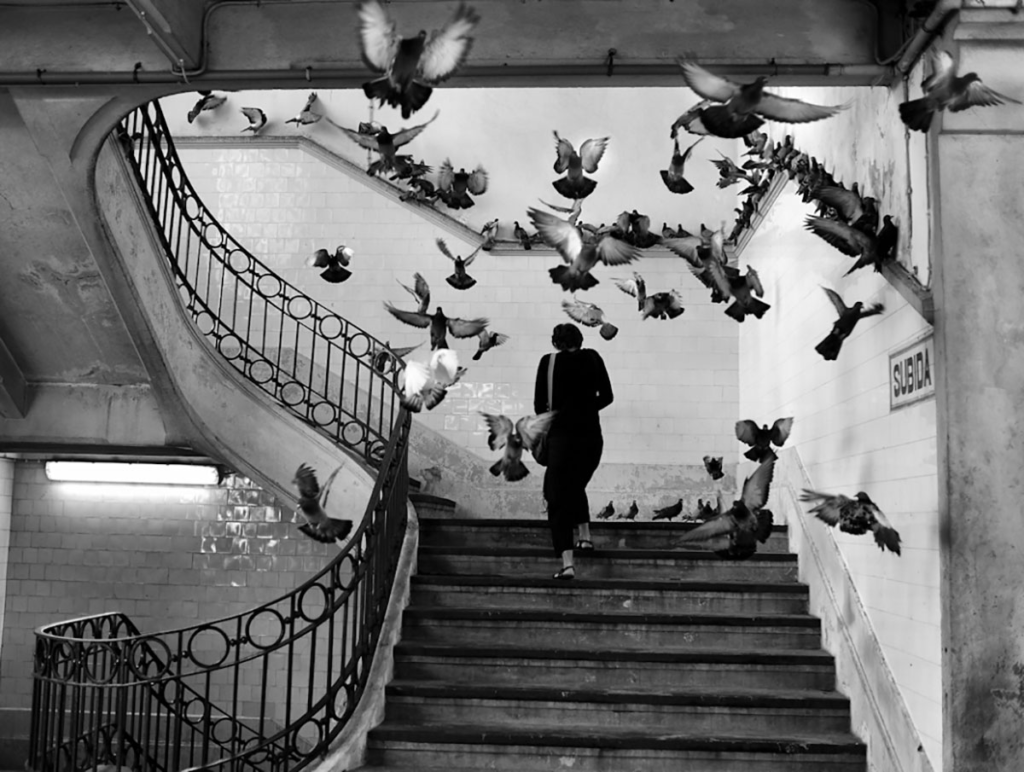
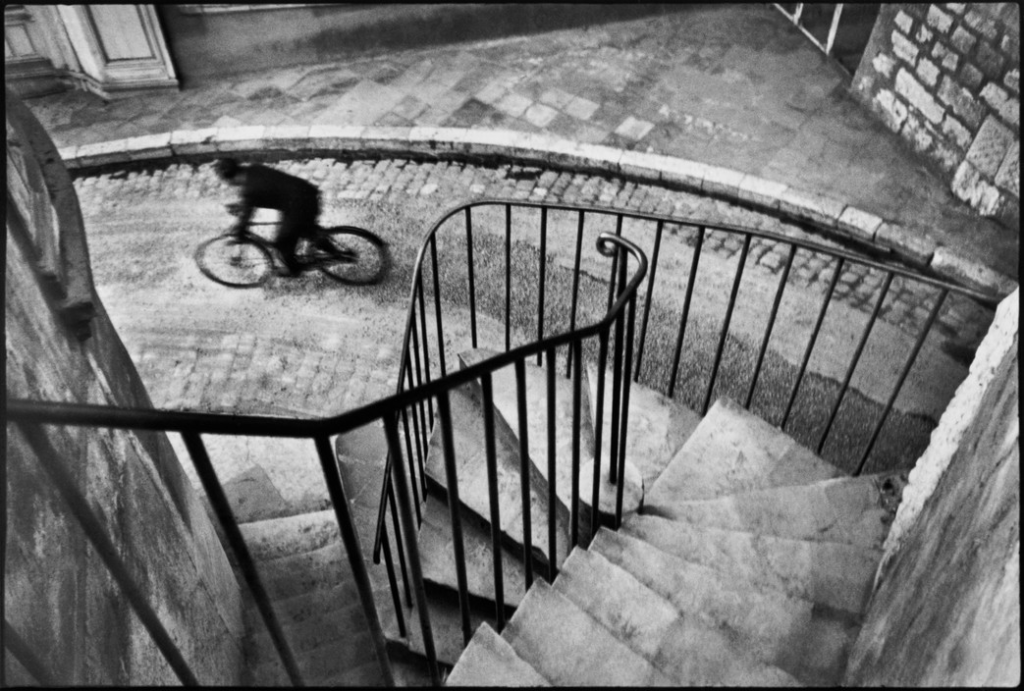

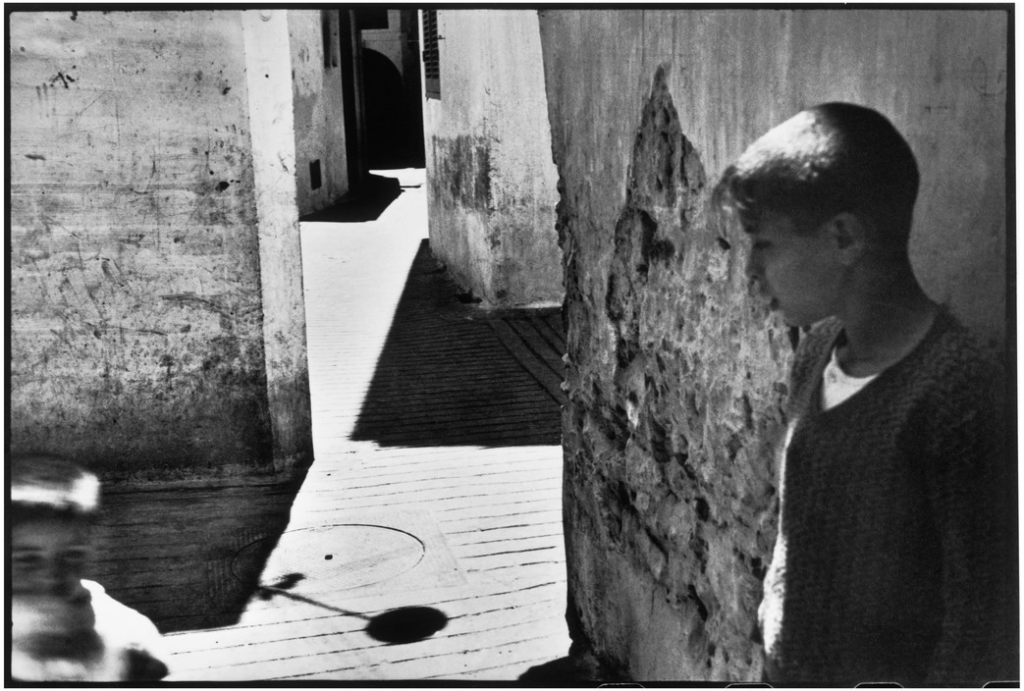

The Decisive Moment
One of the things Henri was famous for was coming up with the concept of the decisive moment, He described it as “There is a creative fraction of a second when you are taking a picture. Your eye must see a composition or an expression that life itself offers you, and you must know with intuition when to click the camera. That is the moment the photographer is creative, oop! The Moment! Once you miss it, it is gone forever.”
In summery Henri is basically saying the decisive moment is the moment in candid photography when the composition is all perfect and you take the photo which can never be naturally re-created again, making it a once in a lifetime photo.
Candid photography is a type of photography which captures natural expressions and moments which can’t be recreated in the studio.
Basically taking photos in the moment so they are natural and authentic, which means the subjects won’t be posing/focusing on the camera like in portraiture photography.
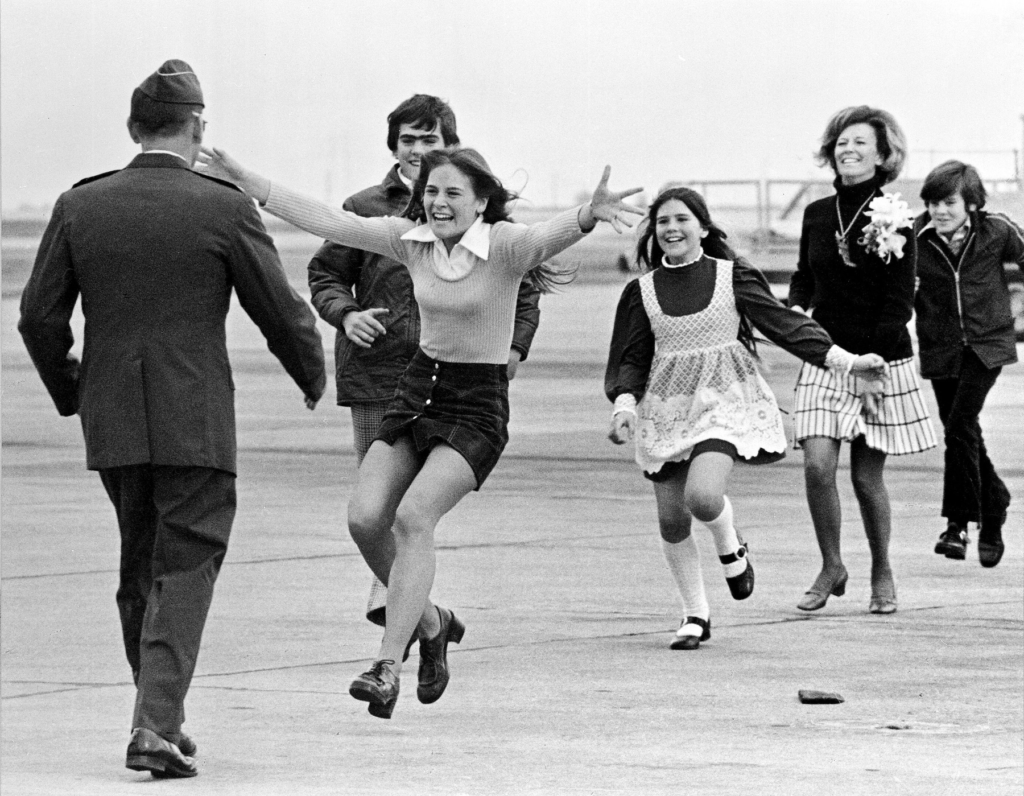
Image Analysis

The photo which Henri Cartier-Bresson took was at the Gare St.Lazare train station in 1932 and captures a man trying to jump over a puddle. The photo uses the rule of thirds, with the man jumping over the puddle being in the last third of the image and the man standing in the background being in the middle third of the image.
There is a bit of shape in the photo. The roofs in the background create a triangular shape which makes the photo more interesting to look at compared to if the roofs were flat. The railings/fences in the photo create diagonal lines which gives the photo a bit more depth. They also help distinguish between the foreground and background of the photo.
